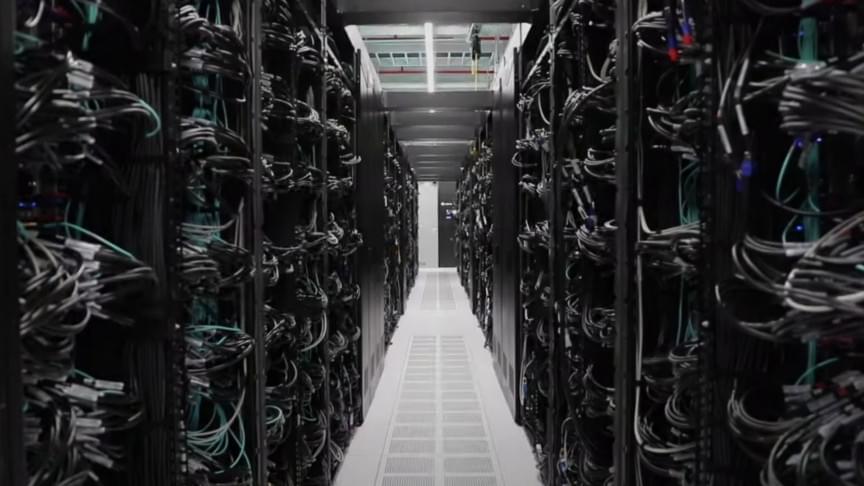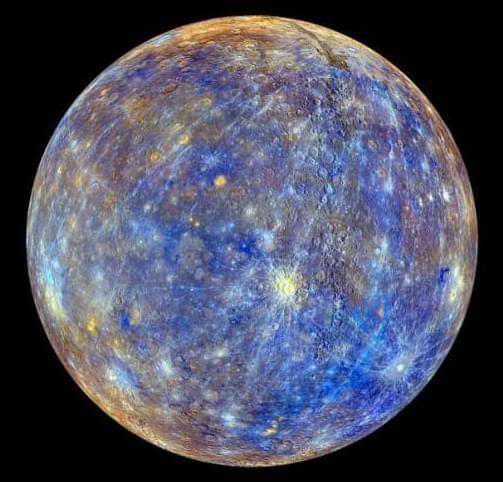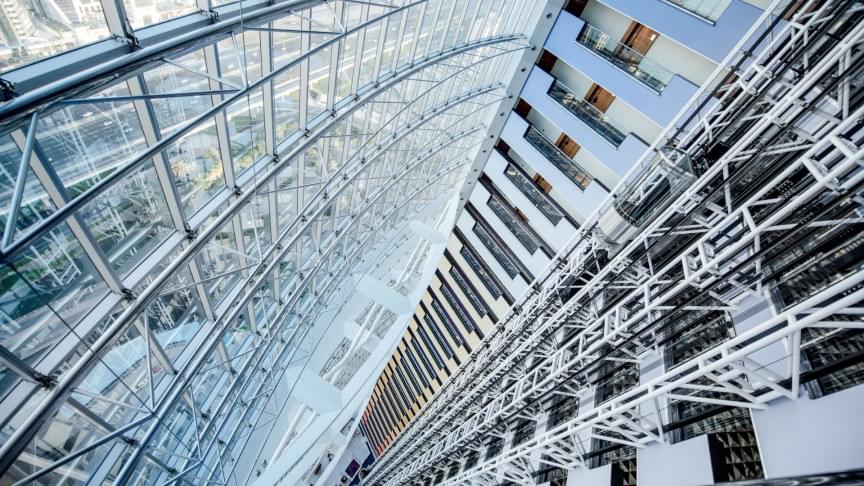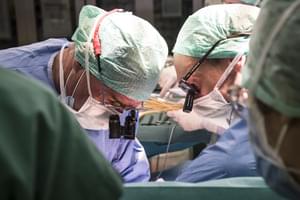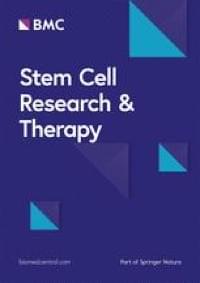Page 4789
May 31, 2022
Meet Mercury: Fascinating details about the smallest planet in our solar system
Posted by Gemechu Taye in category: space
May 31, 2022
Go up SpaceX’s Starship-catching robotic launch tower with Elon Musk!
Posted by Gemechu Taye in categories: Elon Musk, robotics/AI, space travel
May 31, 2022
Deceased donor liver transplant
Posted by Gemechu Taye in categories: biotech/medical, neuroscience
May 31, 2022
Skyscrapers would be energy storage device with new breakthrough method
Posted by Gemechu Taye in categories: energy, innovation
May 31, 2022
Coffee drinkers have a 29 percent lower risk of death than non-coffee drinkers
Posted by Gemechu Taye in categories: biotech/medical, chemistry, health
Is it all down to a cup of joe then?
People who drink coffee regularly, with or without sugar, both seem to benefit from the beverage as it cuts down on the risk of early death, * The Guardian* reported.
Grabbing a cup of coffee may just be something you do almost unconsciously as you sit down with your morning newspaper or before you start your workday. As the day wears on, you might be down three cups or maybe even five without giving it a second thought. However, scientists have been very conscious of the world’s coffee consumption.
Continue reading “Coffee drinkers have a 29 percent lower risk of death than non-coffee drinkers” »
May 31, 2022
Key to spreading inflammation in rheumatoid arthritis found
Posted by Quinn Sena in category: neuroscience
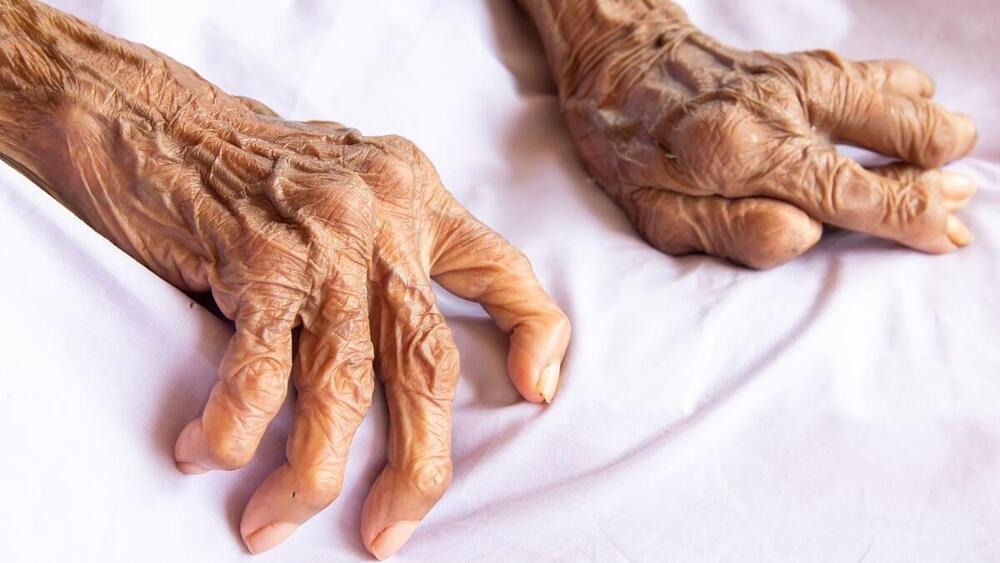
Remote inflammation in rheumatoid arthritis spreads by neuron crosstalk, and the molecule adenosine triphosphate (ATP) plays a key role in this.
Rheumatoid arthritis is a chronic inflammatory autoimmune disorder that mainly causes painful joints. It’s estimated to affect over 450,000 Australians.
Continue reading “Key to spreading inflammation in rheumatoid arthritis found” »
May 31, 2022
Scientists Eliminate Chronic Pain in Mice and Primates Using Gene Therapy
Posted by Quinn Sena in category: biotech/medical
Using a new gene therapy technique, researchers at the University of California San Diego reduced neuropathic pain resulting from spinal cord or other nerve injuries in mice — and with no detectable side effects.
The research is highly intriguing because it could lead to new treatment options for the untold numbers of patients who experience chronic pain, numbness or weak muscles as a result of spinal cord injuries.
Treating nerve damage or dysfunction, otherwise known as neuropathy, with drugs can often lead to side effects. These drugs also have to be administered continuously, and opioids — which are particularly effective painkillers — can often lead to addiction issues.
May 31, 2022
A world first: for the first time, a human liver was treated in a machine and then successfully transplanted
Posted by Quinn Sena in categories: biotech/medical, chemistry
Background An attempt was made to reprogram peripheral blood cells into human induced pluripotent stem cell (hiPSCs) as a new cell source for cartilage repair. Methods We generated chondrogenic lineage from human peripheral blood via hiPSCs using an integration-free method. Peripheral blood cells were either obtained from a human blood bank or freshly collected from volunteers. After transforming peripheral blood cells into iPSCs, the newly derived iPSCs were further characterized through karyotype analysis, pluripotency gene expression and cell differentiation ability. iPSCs were differentiated through multiple steps, including embryoid body formation, hiPSC-mesenchymal stem cell (MSC)-like cell expansion, and chondrogenic induction for 21 days. Chondrocyte phenotype was then assessed by morphological, histological and biochemical analysis, as well as the chondrogenic expression.
May 31, 2022
Reprogramming of blood cells into induced pluripotent stem cells as a new cell source for cartilage repair
Posted by Quinn Sena in categories: biotech/medical, chemistry
An attempt was made to reprogram peripheral blood cells into human induced pluripotent stem cell (hiPSCs) as a new cell source for cartilage repair.
We generated chondrogenic lineage from human peripheral blood via hiPSCs using an integration-free method. Peripheral blood cells were either obtained from a human blood bank or freshly collected from volunteers. After transforming peripheral blood cells into iPSCs, the newly derived iPSCs were further characterized through karyotype analysis, pluripotency gene expression and cell differentiation ability. iPSCs were differentiated through multiple steps, including embryoid body formation, hiPSC-mesenchymal stem cell (MSC)-like cell expansion, and chondrogenic induction for 21 days. Chondrocyte phenotype was then assessed by morphological, histological and biochemical analysis, as well as the chondrogenic expression.
HiPSCs derived from peripheral blood cells were successfully generated, and were characterized by fluorescent immunostaining of pluripotent markers and teratoma formation in vivo. Flow cytometric analysis showed that MSC markers CD73 and CD105 were present in monolayer cultured hiPSC–MSC-like cells. Both alcian blue and toluidine blue staining of hiPSC–MSC-chondrogenic pellets showed as positive. Immunohistochemistry of collagen II and X staining of the pellets were also positive. The sulfated glycosaminoglycan content was significantly increased, and the expression levels of the chondrogenic markers COL2, COL10, COL9 and AGGRECAN were significantly higher in chondrogenic pellets than in undifferentiated cells. These results indicated that peripheral blood cells could be a potential source for differentiation into chondrogenic lineage in vitro via generation of mesenchymal progenitor cells.
